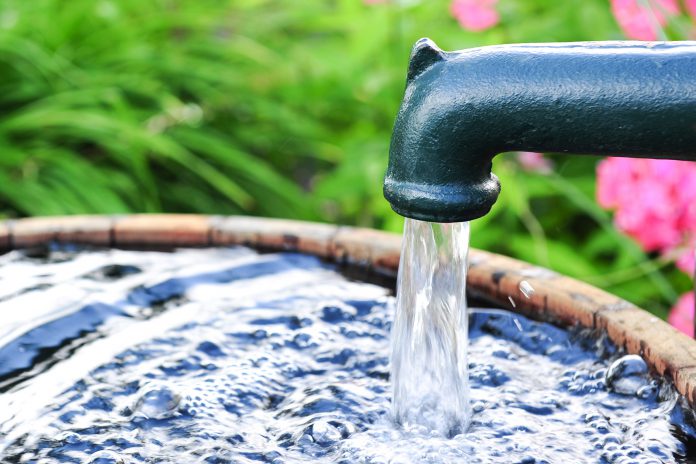Pumps certainly aren’t the most enticing items. Not many people get excited about pumps. But they are integral to water treatment as we know it. Treatment of water wouldn’t be conceivable without pumps, so let’s get to the nitty-gritty.
Pumps have many uses in water environments. They bring water from one place to another, they mainline chemicals into water treatment, and they provide compressed air. They also supply added pressure and are used to move water.
Pumps typically use electricity, and some use treated water as their source of energy. You will find many brands and companies who supply pumps online, such as Dowdens Pumping & Water Treatment, and many others. You can also find them in walk-in stores around the globe.
There are numerous kinds of pumps used in residential water treatment:
Delivery or Demand Pump
A delivery or demand pump looks like a booster pump which escalates water pressure but has an altogether different function. They are used to deliver water coming from a low-pressure or a source absent of pressure to another location.
There is a pressure switch at the top part of the pump. When water is in demand, like when a valve is opened, or a faucet is switched, the pressure switch turns it on. When the demand is no longer present, or the delivery is no longer needed, such as a faucet being turned off, pressure escalates, and the switch then turns off the pump.
These pumps are handy. Sometimes they send water at an escalated pressure from a reverse osmosis unit under the sink to a refrigerator or an icemaker. At times they send water from a storage tank to an aquarium. Other times they send water from a storage tank that is non-pressurized to a water bottle in a vending machine. There are still numerous other uses for these tanks, and you can find out more and order them online. These pumps supply water at 0.5 to 1.5 gallons per minute only.
Chemical Feed or Injection Pump
There are many uses for the chemical feed or injection pump. At a very slow rate but with extremely high pressure, it feeds liquids into their destination. Chemical feed or injection pumps can be used to feed chlorine to kill bacteria. It can also feed hydrogen peroxide to oxidized hydrogen sulphide or iron. They can also be used to feed combined chemicals, or soda ash to increase the pH level of acidic water.
With a 0.2 gallons per 24 hours rate, it is typically the lowest amount available for a chemical Feed or injection pump. It works on the principle of a peristaltic-type pump; that is, it squeezes a tube with a roller.
Water-Driven Injection Pump
A water-driven injection pump, just like its name, feeds chemicals into a stream. It utilizes energy from the water and does not require an electrical connection. Chemicals like soda ash, hydrogen peroxide and chlorine are usually used for this.
A water motor has an apparatus attached to its bottom, which acts as the pump. A solution tank below it is utilized by the motor and then feeds the solution into the waterline. It can feed at different speeds with different flow rates.
The pump can inject a gallon of solution for every 250 gallons of water passing through. Note, however, that very condensed chemicals don’t work well with said pump. To find out more about various kinds of pumps, you can check out Dowdens Pumping & Water Treatment.














